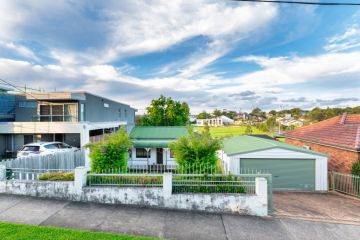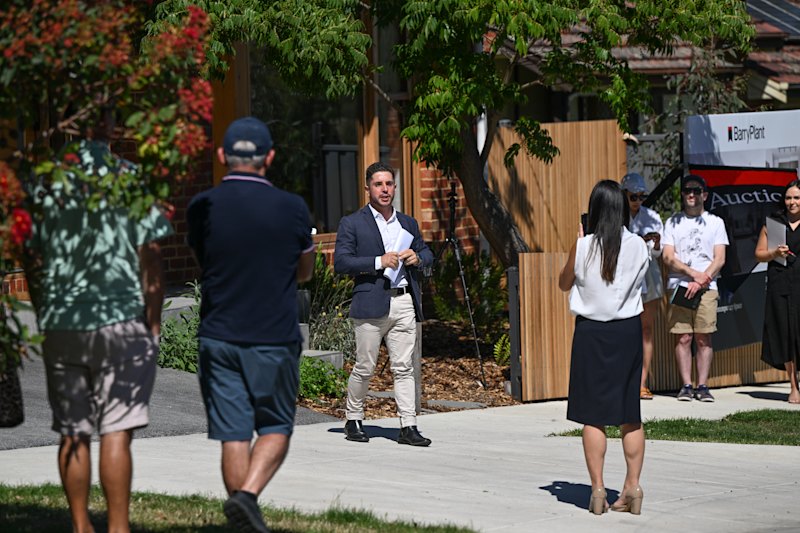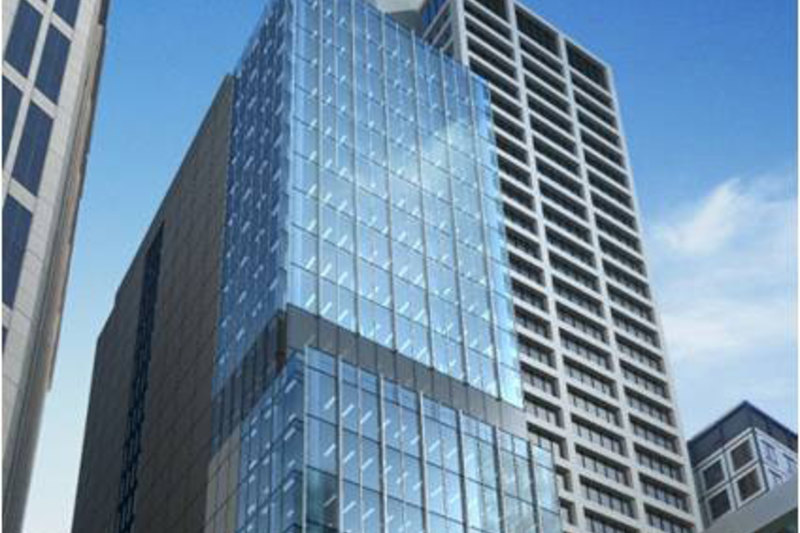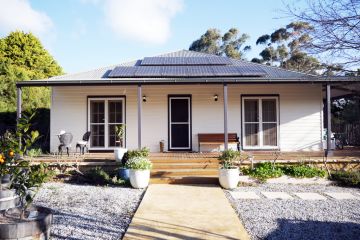Behind Australia's $1 billion storage industry
A few years ago, embarking on a house-sitting adventure, I bundled up most of my worldly possessions and squeezed them into a storage unit at my local Kennards.
Over 18 months, I reckon I spent almost $4000 on storage. In hindsight it was a fair whack of money – the financial pain considerably lessened by the fact I was living virtually rent and bill-free.
But it got me wondering: what was in the other storage units? And why were people spending so much money storing goods that they rarely, or never, used?
According to a recent IBISWorld report, there is no shortage of us paying for extra space, with Australia’s $1.1 billion self-storage industry expected to grow 3.3 per cent by 2017.
IBISWorld senior industry analyst Tristan Williams says the industry has benefited from several factors, including the fact that more Australians are moving to major cities and into smaller apartments or townhouses. The report found there was an increasing demand from people relocating short-term for work or study.
Demand from business, especially smaller online retailers who need somewhere to store stock, has also risen in the past five years, he says.
While major players Kennards, Storage King and National Storage dominate about a third of Australia’s storage industry, there are hundreds of smaller players. They include newer entrants such as online marketplace Spacer, which matches spare space in people’s homes or garages with people who need to store their stuff.
Spacer co-founder Mike Rosenbaum says the average user spends about $250 a month renting space, which typically pays for a single lock-up garage in the suburbs of Sydney or Melbourne.
Spacer’s customers are typically looking to store household goods, business stock or recreational vehicles such as motorhomes or caravans, says Rosenbaum. However, storage space for household items is the most sought after.
“What we’re finding is [extra storage] allows people to live the lifestyle they want to live – typically close to the city or closer to amenities,” Rosenbaum says. Many people choose to store sporting equipment such as kayaks or golf clubs, or nursery items.
Spacer began this time last year and has 2000 spaces listed. Rosenbaum expects business to grow 500 to 600 per cent in the next 12 months.
Susan Phillips, CEO of the Self Storage Association of Australasia, says it’s not all boom times. Downturns in other industries have led to tougher competition among storage facilities, particularly those in Western Australia, and parts of the Northern Territory and northern Queensland.
“Certainly [mining] has been on a downer for sometime, so WA is doing it tough,” Phillips says. “People can’t afford to store, or they’ve moved back to WA from New Zealand.”
She says there was a time when it was almost impossible to rent a house in Perth; so many people paid for extra storage. But that is no longer the case.
Elsewhere, Phillips says new storage facilities continue to open in Sydney and Melbourne.
There are myriad reasons why people store their belongings, Phillips says. Sometimes it’s during a tough time, such as divorce or a death in the family. Others use storage to declutter their homes during the selling process, to store sentimental items, or during interstate or overseas moves.
Melbourne professional Heidi, who’d prefer not to use her surname, has been paying for a storage unit for about 10 years. For the past two years she and her partner have also been paying to store a huge handmade table. Their storage units cost them just over $250 a month.
“I’m sure we’ve paid many times over the value of the table,” Heidi says. “The rest of the stuff in the storage units is stuff we should have taken to the tip long ago. Even empty boxes for appliances, just in case we move.”
We recommend
We thought you might like
States
Capital Cities
Capital Cities - Rentals
Popular Areas
Allhomes
More







